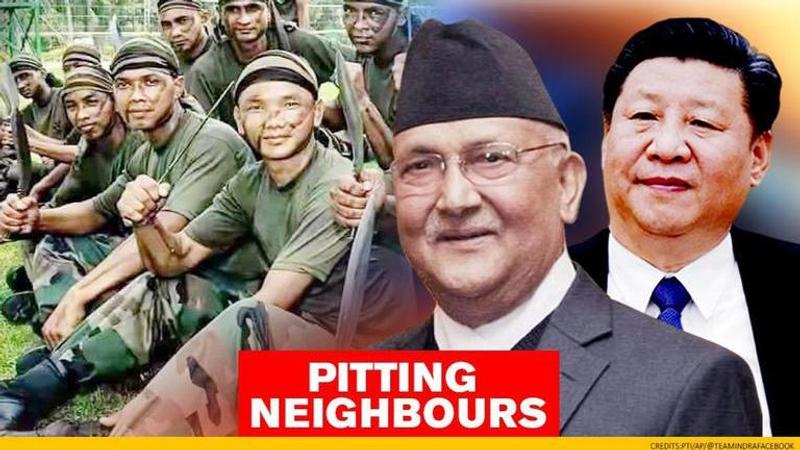Published 09:53 IST, August 18th 2020
'What motivates Nepali youth to join Indian Army?' Confused China funds NGO to investigate
China spent Rs 8 lakh to investigate what motivated Nepalese youth to join the Indian Army's Gorkha regiment, in an effort to decrease recruitment numbers

China has extended monetary aid to an NGO in Kathmandu to carry out a study on the motivation behind Nepalese youth joining the Gorkha regiment in the Indian Army. The study funded by China was conducted in the first week of June, with Chinese envoy to Nepal Hou Yanqi backing the financial cost bourn by the Nepalese NGO. In a report shared by news agency IANS, it was mentioned that the study commissioned to China Study Centre (SCC) – an independent non-government organisation cost the Chinese government 12.7 lakh Nepalese Rupees (almost Rs 8 lakh).
The study is supposed to give a comprehensive understanding of existing socio-cultural parameters that motivate Nepalese youth to join the Indian Army and will gauge social and economic impacts in different regions and their level of interest in joining foreign armed forces.
China funds study to understand why Nepalese youth want to join the Indian Army
Notably, there are seven Gorkha regiments currently operational in the Indian Army, giving employment to over 28,000 Nepalese citizens. The regiments have a collective total of 39 battalions. However, there used to be 11 regiments until Indian independence, following which, four regiments were given up to the British Army. While the Indian Army has the 1st, 3rd, 4th, 5th, 8th, 9th and 11th Gorkha regiments, the British Army has the remaining 2nd, 6th, 7th and 10th regiments.
The Gorkha regiments largely consist of youth from four tribes — Khas, Gurung, Limbus and Rais. And the recruitment of Nepali Gorkhas into the Indian Army stems from a long-standing Tripartite Agreement among three nations, India, Nepal and the UK signed in 1947.
Although the arrangement has existed for over 7 decades, Nepal Prime Minister KP Sharma Oli kicked up a row during his visit to the UK where he demanded the agreement be made redundant and draft a new one. In line with the same incohesive reasoning, the NCP (Nepal Communist Party) along with the help of CPC (Communist Party of China) has conspired to launch an extensive '"awareness" campaign to stop the youth of Nepal from joining the Gorkha regiments of the Indian Army.
It is worth mentioning that the ties between both countries came under a strain after a strategically important 80-km road connecting Lipu Lekh pass with Uttarakhand's Dharchula was inaugurated by Defence Minister Rajnath Singh on May 8.
Border row between neighbours escalate amid new map
Nepal sharply criticised the inauguration of the road claiming that it passed through its territory, and in retaliation released new maps that now include territories that never belonged to them. The updation of the political and administrative map angered India which swiftly prompted its neighbour not to resort to any 'artificial enlargement' of its territory and 'refrain from any unjust cartographic assertion.'
While Nepal claims Lipu Lekh, Kalapani and Limpiyadhura as theirs, official stamps released by the tiny Himalayan nation shows otherwise. And the only explanation to Nepal Prime Minister KP Sharma Oli's behaviour is his newfound favour with China.
Updated 14:50 IST, August 19th 2020




